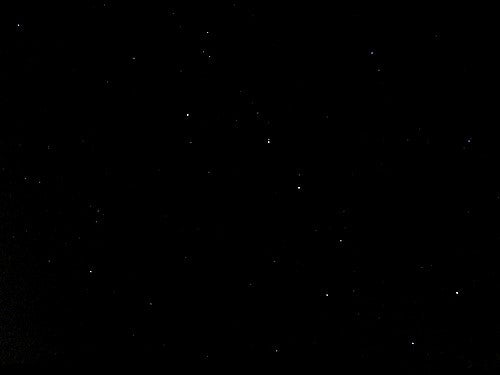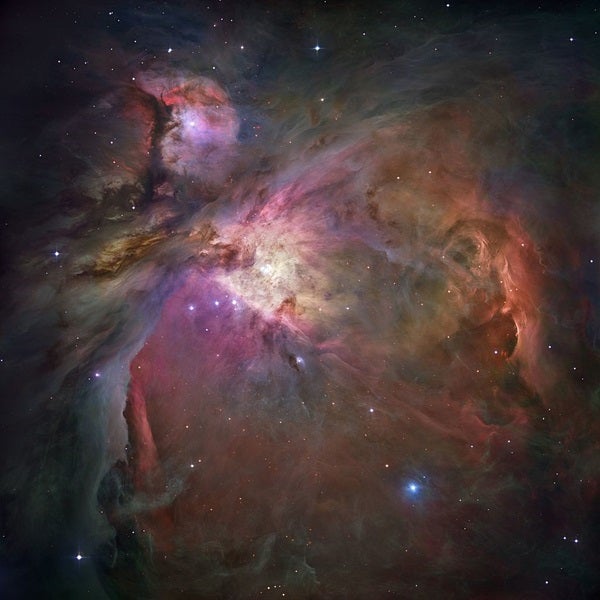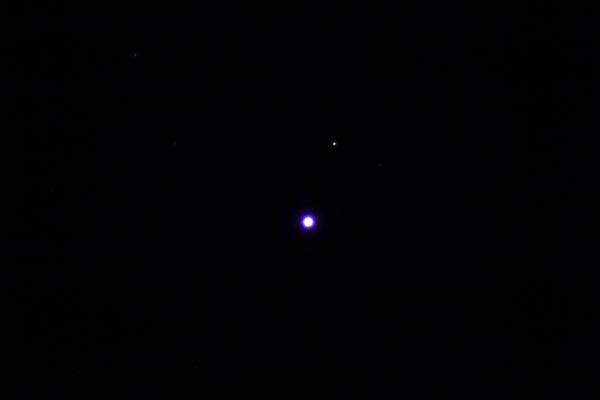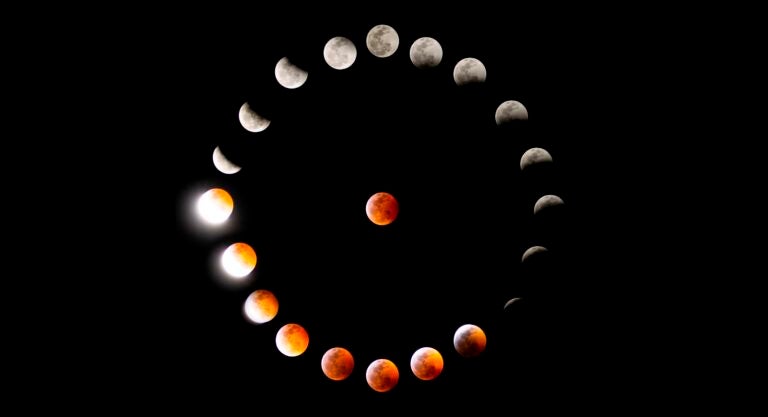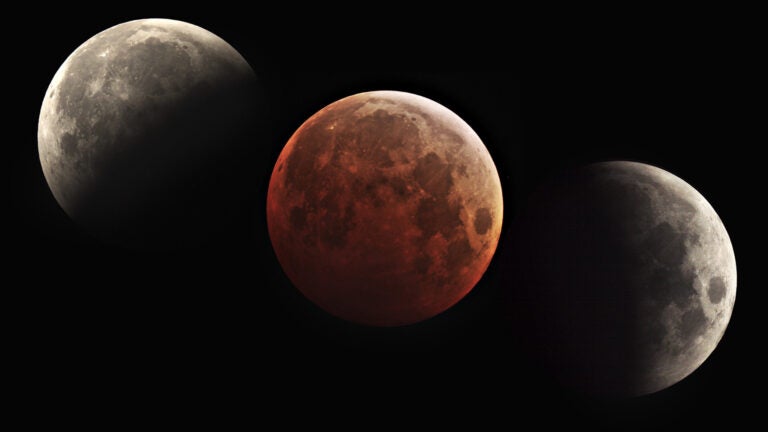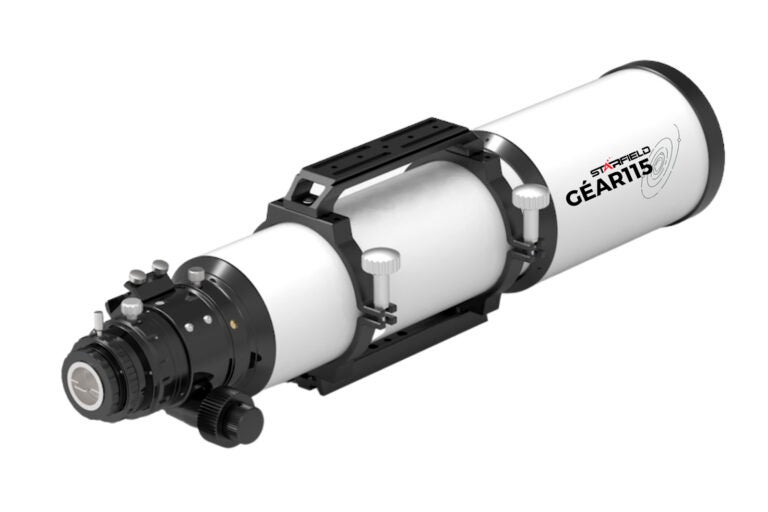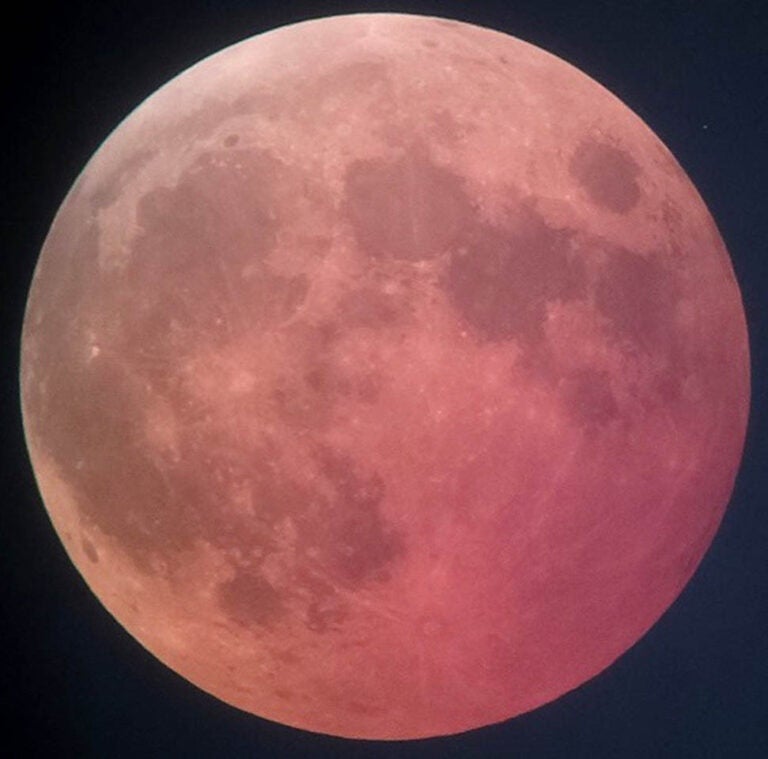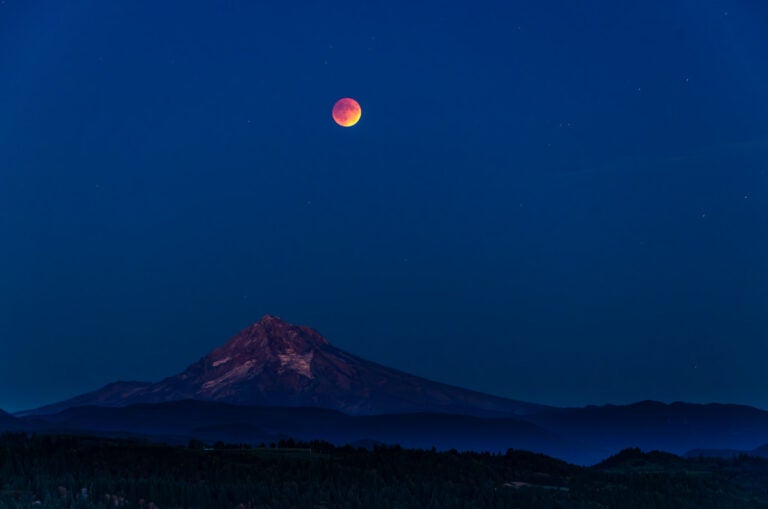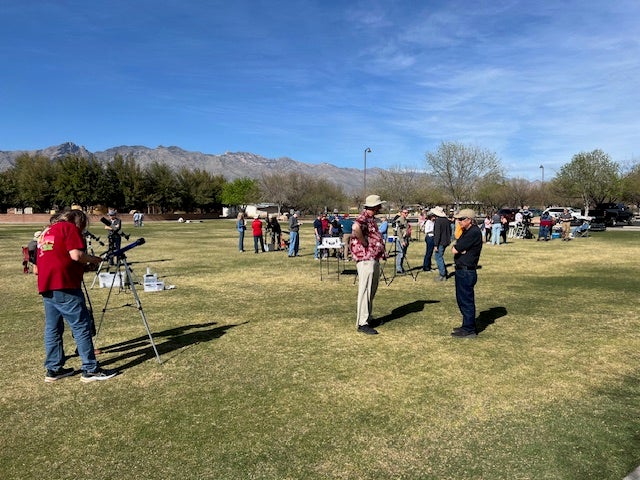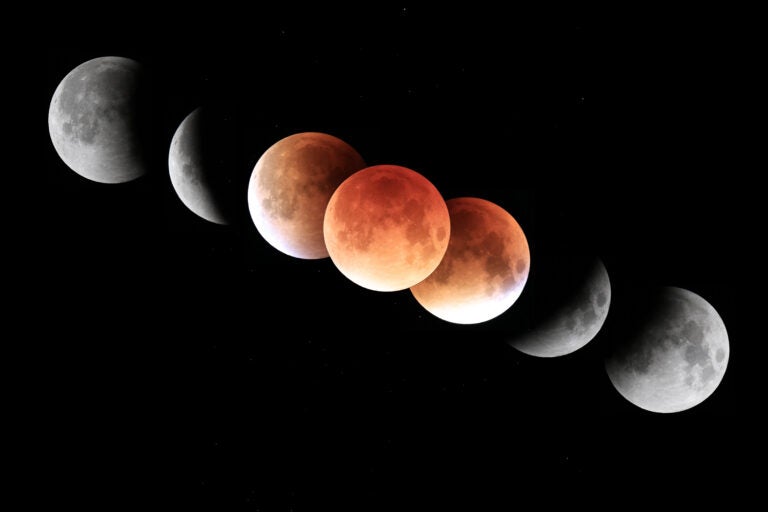Friday, March 3
The Moon is at perigee, the closest point in its orbit around Earth, at 3 a.m. EST. It will then lie 229,324 miles (369,062 kilometers) away. But because the Moon’s orbit is not circular, its distance from Earth varies by some 13 percent. Still, this morning’s perigee is the second farthest during 2017. The only perigee further will occur in September, when the Moon will lie 798 miles (1,284 km) farther away.
Saturday, March 4
Head outdoors around 10:30 p.m. local time and look for the sky’s fourth-brightest star rising in the east. That’s Arcturus (Alpha Boötis), the luminary in the constellation Boötes the Herdsman. The easiest way to find Arcturus is to first find the Big Dipper, which tonight stands high in the northeast. Note that the Dipper’s handle is curved. Follow that curve downward and you’ll come to Arcturus. Because the handle’s curve is also part of a circle called an arc, use the old phrase, “Follow the arc to Arcturus,” to remember how to locate the orange star.
Sunday, March 5
First Quarter Moon occurs at 6:32 a.m. EST. If you watch carefully, you may see the half-lit orb rising in the northeast just past noon local time. Geometrically, First Quarter means the Sun-Earth-Moon angle equals 90°. When this angle, where Earth always represents the vertex, is 0°, we experience New Moon. That’s when the Moon and the Sun line up. At 180°, the Full Moon lies opposite the Sun as we see it and dominates the night. And when the angle is 270°, the Last Quarter Moon rises at midnight and sets 12 hours later.
Monday, March 6
Around 8 p.m. local time, the brightest star in the night sky — Sirius (Alpha Canis Majoris) — lies due south. With a magnitude of –1.46, Sirius triples the apparent light output of Orion’s brightest star, blue-white Rigel (Beta Orionis). The common name Sirius comes from the Greek term for “sparkling” or “scorching.” Richard Hinckley Allen, writing in Star Names and Their Meanings (G. E. Stechert, 1899) attributes this star’s name to the Greek poet Hesiod, who lived in the latter half of the 8th century b.c. Although Sirius ranks number one among stars, both Venus and Jupiter outshine it tonight. Jupiter appears twice as bright, and Venus’ light surpasses that of Sirius by a factor of 16.
Tuesday, March 7
English astronomer Sir John Frederick William Herschel was born on this date in 1792. In 1864, he published the General Catalogue of Nebulae and Clusters, the direct precursor to the New General Catalogue (NGC), which astronomers still use today. After sunset, if your site is dark enough, you can see many objects from the NGC. For example, look toward the region of Orion the Hunter’s sword. Through binoculars, you’ll spot a fuzzy patch of light that is the 1,976th object in the NGC. You may know it better as either M42 or the Orion Nebula.
Wednesday, March 8
The variable star Algol in Perseus reaches minimum brightness tomorrow morning at 4:08 a.m. EST. If you start watching the star this evening, you can see it dim by 70 percent over the course of about 5 hours. (Astronomers would say its brightness drops from magnitude 2.1 to 3.4.) This eclipsing binary runs through a cycle from minimum to maximum and back every 2.87 days. Algol appears nearly overhead after darkness falls and dips low in the northwest by the time of its minimum.
Thursday, March 9
Venus appears brilliant tonight, shining at magnitude –4.46. That makes it six times brighter than the evening sky’s second-brightest object, Jupiter. Our solar system’s second planet shows up easily in the west within a half-hour after sunset and grows even more prominent as darkness settles over the landscape. The planet lies among the background stars of Pisces the Fish. At sunset, Venus will stand 23° above the horizon. When viewed through a telescope this evening, Venus appears 40″ across and 27 percent illuminated. A week from now, its disk will span 53″ and show a crescent only 8.7 percent illuminated.
Friday, March 10
Around 6 p.m. EST, Leo the Lion’s brightest star, Regulus, lies only 0.8° north of the Moon. In fact, observers with clear skies located in southeast South America, South Georgia, Queen Maud Land, and the southern tip of South Africa will see the Moon pass in front of Regulus. Astronomers call such events occultations. By carefully observing many of them, researchers can more accurately map the variations (caused by mountains and valleys) at the lunar edge.
Saturday, March 11
Head out tonight sometime after 10 p.m. to see a naked-eye asterism called the Spring Triangle. This giant geometrical figure is visible in the spring all night long from any location in the Northern Hemisphere. Three dazzling stars mark this asterism. The brightest is Arcturus (Alpha Boötis), which shines at magnitude –0.04 near the bottom of Boötes the Herdsman. Orange Arcturus is the fourth-brightest nighttime star overall and the brightest north of the celestial equator. Next in brightness is Spica (Alpha Virginis), the luminary of Virgo the Maiden. Spica is the very definition of a 1st-magnitude star, but its brightness isn’t constant. Its apparent magnitude varies between 0.92 and 1.04 over a period of just more than 4 days. The third Spring Triangle star is Denebola (Beta Leonis), the star that marks the tail of Leo the Lion. And although Denebola, at magnitude 2.1, is the sky’s 59th-brightest star, it’s only 36 percent as bright as Spica, and it emits just 14 percent the light output of Arcturus.
Sunday, March 12
Daylight Saving Time begins this morning. Be sure to spring forward one hour.
Full Moon occurs at 10:54 a.m. EST. The glowing orb stands in the far-southern part of Leo the Lion, between the constellations Virgo to the east and Sextans to the west. This lunar phase is the least interesting to observers because sunlight falls straight down on the Moon from our perspective, which minimizes shadow detail. So this might be a good night to observe the Moon illusion — the Full Moon appears larger when it’s near the horizon than when it stands high in the sky. But its size doesn’t change, and you can prove it with a single sheet of paper. Go out just after sunset and find the Moon low in the east. Roll the paper into a tube and change the tube’s diameter until the Moon just fills the field of view when you look through it. Tape the tube so its size doesn’t change. Then, head indoors and go back outside a few hours later when the Moon is high. Look through the tube again. The fact that the Moon will be the same size still amazes even seasoned observers. The best explanation for this illusion seems to be that when the Moon lies near the horizon, our brain compares its size with foreground objects, which don’t appear near the Moon when it’s high in the sky.

